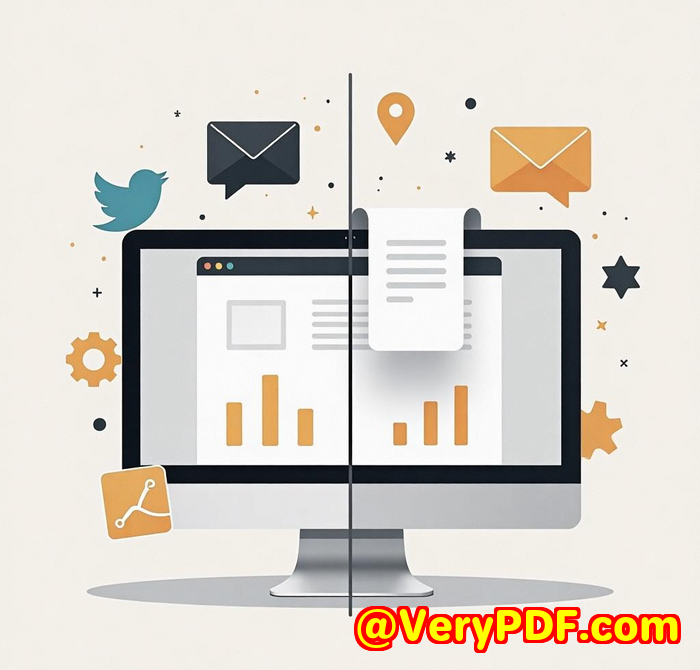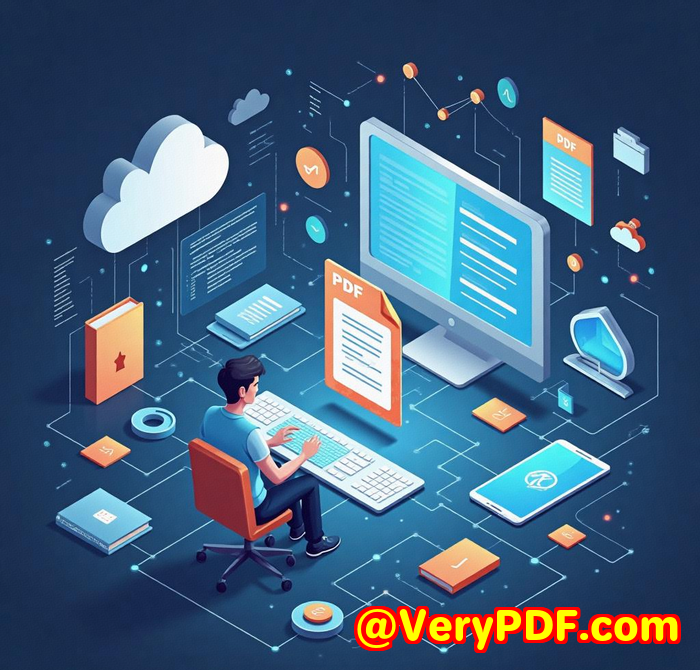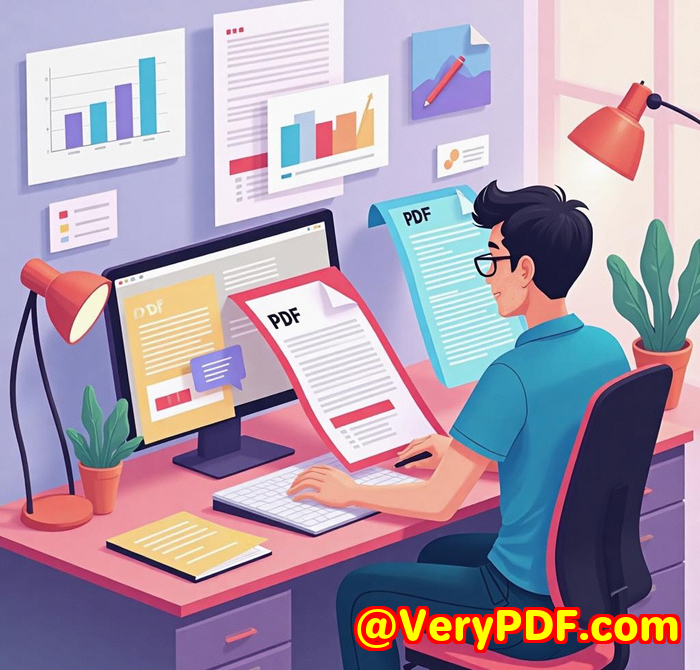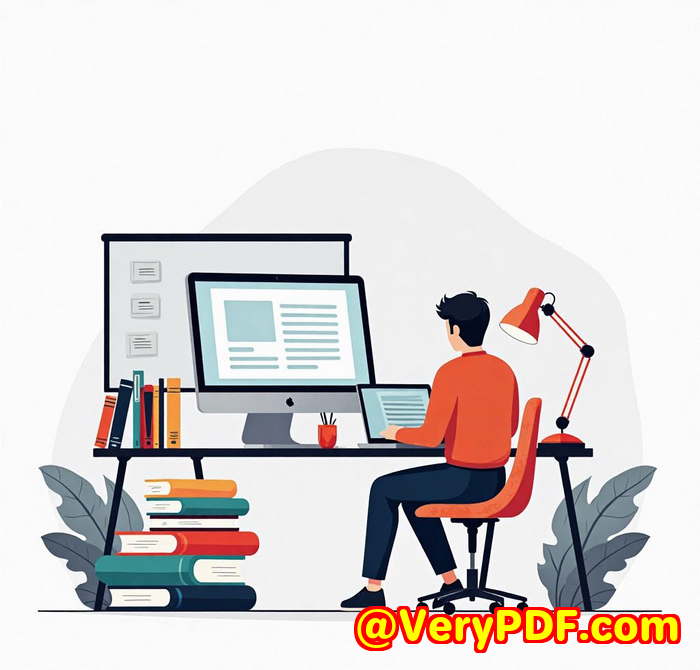The Screenshot API That Supports Multi-Language Websites and Auto Font Rendering
The Screenshot API That Supports Multi-Language Websites and Auto Font Rendering: How I Streamlined Web Capture with VeryPDF
Every time I needed to capture screenshots from websites that weren't in English, it was a nightmare. Fonts wouldn't render properly, layouts broke, and dealing with annoying cookie banners or pop-ups felt like a full-time job. Sound familiar? If you work with multi-language sites or complex web pages, you know the pain of trying to automate screenshots that actually look right.

That's why discovering the VeryPDF Website Screenshot API for Developers was a game-changer for me. It's not just another screenshot toolit's built to handle the quirks of modern websites, from multi-language support and automatic font rendering to blocking GDPR cookie banners and ads. Here's a deep dive into why this tool deserves a spot in your toolkit, especially if you want to automate web capture without banging your head against the wall.
Why Traditional Screenshot Tools Fail with Multi-Language Websites
Before I found VeryPDF, I tried several popular screenshot services and libraries. They all had similar issues:
-
Fonts from different languages like Chinese, Arabic, or Cyrillic would show as garbled text or squares.
-
Cookie consent pop-ups would obscure content or force manual intervention.
-
Lazy-loaded images or scrollable content wouldn't appear fully, resulting in partial screenshots.
-
Ads and chat widgets cluttered the final capture, ruining the clean look I needed for reports.
These issues meant I often had to take screenshots manually or write complex custom scripts to handle edge cases neither was scalable or reliable.
How VeryPDF's Website Screenshot API Solved My Headaches
I came across VeryPDF's API while hunting for a robust screenshot solution that developers could easily plug into existing workflows. Right off the bat, what impressed me was their promise of "rendering screenshots in one simple API call." No managing browser clusters, no wrestling with corner cases just a clean screenshot delivered.
Here's what the VeryPDF Screenshot API does best:
-
Blocks annoying banners and ads automatically.
It uses a constantly updated database with over 50,000 rules to remove cookie consent forms, GDPR banners, social media widgets, and ads. I no longer have to worry about these elements ruining my captures.
-
Supports full multi-language font rendering.
This means it accurately captures non-English characters and scripts without any missing fonts or broken text. This feature alone saved me hours of troubleshooting and font embedding headaches.
-
Takes full-page screenshots including lazy-loaded content.
The API scrolls through the page to trigger loading of images and scripts before capturing. This ensured I got complete screenshots, not just the visible viewport.
-
Customisable rendering options.
You can choose dark mode, hide specific elements via selectors, inject your own JavaScript or CSS for custom tweaks, and specify exact screen sizeseven Apple's Retina displays.
-
Supports generating screenshots in multiple formats like PNG, JPEG, PDF, GIF animations, and MP4 videos. This flexibility made it perfect for various use cases from reports to presentations.
How I Used It in Real Life
My team needed to automate capturing screenshots of global clients' websites every day. The sites were in different languages and had varying cookie policies, ads, and layouts. Before VeryPDF, we tried a popular open-source library but hit the same walls repeatedly.
With VeryPDF, I simply integrated the API with a few lines of code:
-
Passed the URL to capture
-
Enabled cookie banner and ad blocking with a single parameter
-
Set the output format and resolution
The API returned clean, accurate screenshots every time. Here are the moments that stood out:
-
Removing cookie banners with zero manual setup.
One client's site had a notoriously stubborn GDPR pop-up that blocked crucial content. VeryPDF's engine blocked it out of the box, saving us from creating fragile CSS overrides.
-
Capturing complex scripts flawlessly.
A Japanese client's site displayed perfect Kanji characters without extra font installations or tricks. That was huge, as we previously spent days embedding fonts manually.
-
Full-page screenshots without gaps.
The API scrolled through pages and triggered lazy loads so well, I didn't have to worry about missing images or incomplete content.
Why VeryPDF Outperforms Other Tools
I've tested a handful of alternatives, and here's why VeryPDF stands apart:
-
Most tools require you to manage browser instances or clusters, increasing maintenance overhead. VeryPDF abstracts all that away.
-
Their blocking engine is incredibly comprehensive and always up-to-date, unlike others where cookie banners sneak through regularly.
-
Customisation is straightforward, with options like JavaScript injection that saved me from hacking around missing features.
-
The support and responsiveness from their founder, Dmytro, and team were exceptional rare in this space.
Who Should Use VeryPDF Website Screenshot API?
This tool is a no-brainer if you:
-
Manage websites or apps for clients in multiple languages and need accurate screenshots.
-
Work in QA or digital marketing and want automated, clean web captures free from cookie pop-ups and ads.
-
Build SaaS platforms that display website previews or generate reports requiring screenshots.
-
Need high-quality full-page screenshots, including dynamic content like lazy-loaded images.
-
Want to avoid the headaches of running your own browser clusters or writing complex custom code.
Wrapping Up: My Take on VeryPDF Website Screenshot API
If you're dealing with multi-language websites or tired of battling cookie banners and messy ads, this API is a lifesaver. It saves you from hours of manual tweaking and fragile hacks.
I'd highly recommend the VeryPDF Website Screenshot API for Developers to anyone needing reliable, automated web captures with multi-language and auto font rendering support. It's the cleanest, easiest, and most flexible screenshot solution I've come across.
Ready to ditch your manual screenshots? Click here to try it out for yourself: https://www.verypdf.com/online/webpage-to-pdf-converter-cloud-api/
Start your free trial now and see how it can boost your productivity.
VeryPDF Custom Development Services
VeryPDF also offers tailored development services to fit your unique technical needs across multiple platformsLinux, macOS, Windows, iOS, Android, and more. If you require customised PDF processing tools, virtual printer drivers, barcode recognition, OCR, or cloud-based document solutions, VeryPDF's expert team can build them for you.
Their capabilities include creating Windows Virtual Printer Drivers that generate PDF, EMF, and image formats, intercepting and saving print jobs, monitoring Windows API hooks, and handling diverse document formats like PCL, PRN, Postscript, EPS, and Office docs.
If you have specific project requirements or want to discuss custom solutions, reach out via VeryPDF's support center at http://support.verypdf.com/. Their team is known for responsiveness and technical expertise, making complex projects hassle-free.
FAQs
Q1: Can VeryPDF Website Screenshot API handle websites with complex cookie consent pop-ups?
Yes, it blocks cookie banners and GDPR consent forms using an up-to-date database with over 50,000 rules, ensuring clean screenshots without manual tweaks.
Q2: Does the API support non-English fonts and multi-language websites?
Absolutely. The API renders fonts automatically for various languages, avoiding broken text or missing characters in screenshots.
Q3: Can I capture full-length scrolling screenshots with this API?
Yes, it scrolls through the page to load lazy-loaded images and dynamic content, capturing the entire page as a seamless screenshot.
Q4: What image formats does the API support for screenshots?
The API supports PNG, JPEG, PDF, GIF animations, and MP4 video formats, catering to diverse use cases.
Q5: Is it possible to customise screenshots with my own JavaScript or CSS?
Yes, the API allows injection of custom JavaScript and CSS, so you can tailor the rendering exactly as needed.
Tags / Keywords
-
VeryPDF Website Screenshot API
-
Multi-language website screenshots
-
Automated web page capture
-
Cookie banner blocking API
-
Full-page scrolling screenshots
-
Auto font rendering for screenshots
-
Website screenshot automation tools



